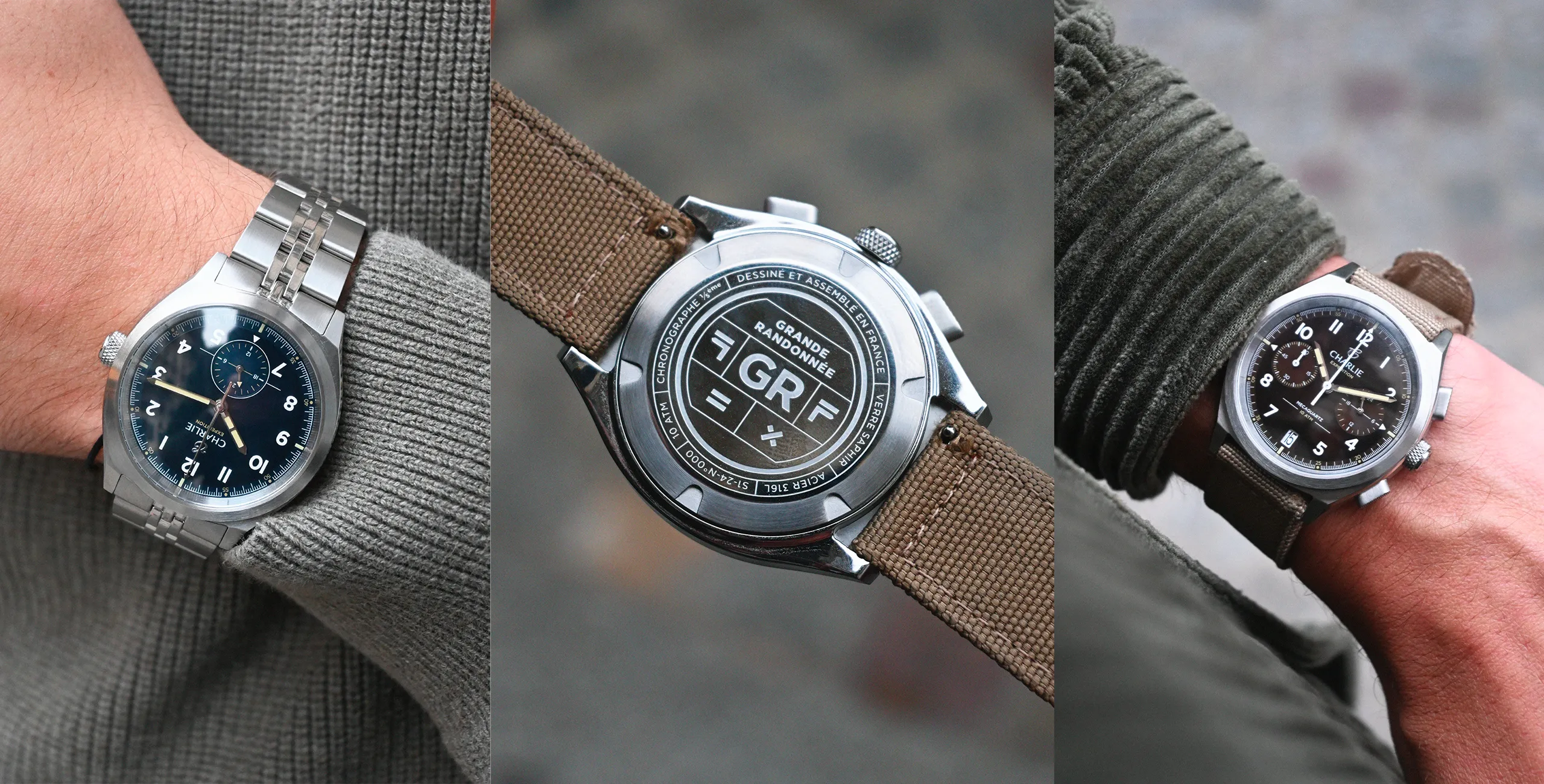Table of Contents
Heart rate watches have become essential tools for sports enthusiasts and professionals. They not only measure heart rate, but also offer various features that facilitate sports practice and performance monitoring.
In this article, we will explore how a heart rate watch works and its main features.
Basic principle of a pulsometer watch
A pulsometer watch is designed to measure the user’s heart rate during physical exercise, by detecting the heartbeat through the skin. Most heart rate monitor watches are equipped with optical sensors, located on the back of the watch, which emit green light to measure variations in blood flow.
Other models use a chest strap with electrodes, which fits around the chest to pick up electrical signals from the heart.
Features and benefits of a pulsometer watch
In addition to measuring heart rate, a pulsometer watch offers various features that can be useful when practicing sports. Here are some examples :
- Measuring distance and speed : thanks to an integrated GPS or by connecting to a smartphone, the watch can estimate the distance traveled and the speed of the user.
- Stopwatch and countdown : These functions allow you to measure elapsed time or program a specific duration for a workout.
- Heart zone alerts : Some watches may emit sound or vibration alerts when the user reaches or exceeds a target heart rate zone.
- Calculation of calories burned : Based on heart rate, the watch estimates the number of calories burned during exercise.
- Sleep analysis : Some heart rate monitor watches also include sensors to track sleep quality and provide advice to improve recovery.
The different types of pulsometer watches
Depending on the needs and preferences of users, there are several types of pulsometer watches:
Cardio watches without chest strap
This type of watch measures heart rate using optical sensors located on the back of the watch. They are generally less precise than models with a chest belt but offer greater comfort since it is not necessary to wear a belt around the chest.
Cardio watches with chest belt
By using a belt equipped with electrodes, these watches provide more precise and responsive heart rate measurement. They are particularly suitable for demanding athletes or people with heart problems who require precise monitoring.
Multisport watches
These watches are designed for use in multiple sports, such as swimming, cycling or running. They are generally equipped with additional sensors (altimeter, barometer, thermometer) and offer specific functionalities for each discipline.
Tips for choosing the right pulsometer watch
To find the right pulsometer watch for your needs, here are some tips:
- Define your goals : If you just want to track your heart rate during exercise, a simple watch is sufficient. On the other hand, if you are an advanced athlete, you may need additional features, such as training programming or performance analysis.
- Consider your comfort : Some people prefer the comfort of a watch without a chest strap, while others prefer the precision offered by a strap.
- Compare connectivity options : Check if the watch can connect to your smartphone to access additional data or sync your workouts.
- Choose a model adapted to your sport : if you practice several disciplines, opt for a multisport watch. For swimmers, make sure the watch is waterproof and designed for use underwater.
In summary, a heart rate watch is a valuable tool for athletes who want to track their heart rate and benefit from useful features to improve their performance. By taking into account your specific needs and comparing the different options available on the market, you will be able to choose the ideal watch to accompany your physical activities.






